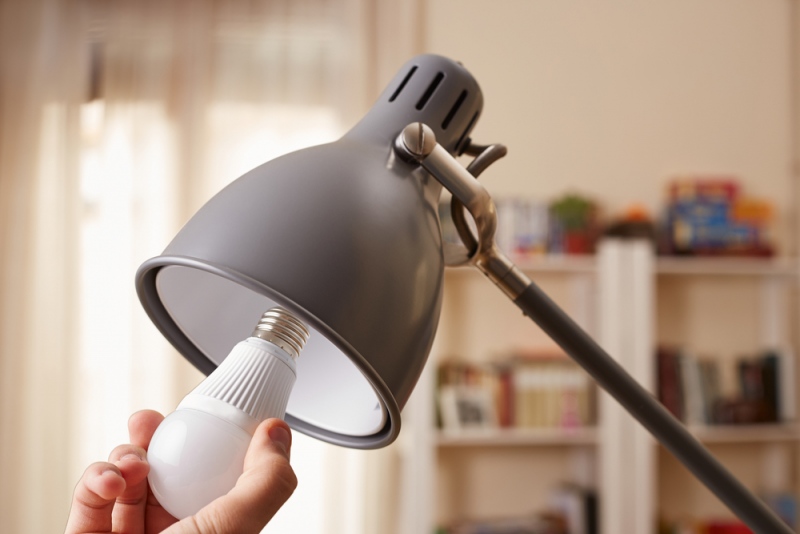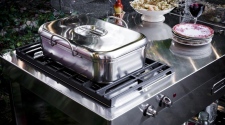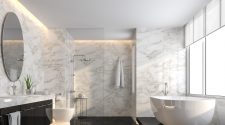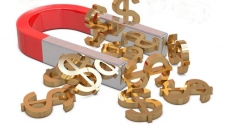Sometimes it feels like a constant battle to keep energy costs low. You do things like making sure the thermostat is kept low for heat, turning the AC down during the day to save energy, and switching to CFL light bulbs throughout the house. These are some of the best lines of defense, but they’re not the only ones. You can do a lot more to keep costs low while enjoying a comfortable home. Following are three of the best energy-efficient upgrades you can do to keep bills low.
Sealing Your Windows and Doors
Windows and doors are a major source of energy leaks. All it takes is a small gap in a window frame or door frame for a home to lose its heating or cooling. Take the time to go over all of the openings into your home to determine if they’ve got leaks or gaps.
If you can’t see a gap, but aren’t sure if the seal is good, light a candle or lighter and slowly move it in front of the frame. A flickering flame means you have a gap to seal. Use caulk or expanding foam in the gaps to seal them temporarily, and consider a full replacement of the window or door in the near future.
Upgrade to a Programmable Thermostat
If you’ve been on the fence about getting a programmable thermostat, there’s no time like the present. Prices are dropping as more models come onto the market and energy providers offer instant rebates that reduce the price even further.
A programmable thermostat has many advantages over the old-fashioned kind, but the biggest one is its ability to sense subtle fluctuations in the air temperature and adjust the air temperature accordingly. You can also log into a programmable thermostat from anywhere you happen to be provided you have it connected through WiFi. The more control you have over your home’s cooling and heating, the better your bills are.
Switch to LED Bulbs
At one time, compact fluorescent light bulbs (CFLs) were the next big thing in saving on energy costs. It’s been known for a long time that fluorescent bulbs use less energy while delivering the same amount of light as an incandescent light bulb. However, CFLs come with their own problems, such as a visible flicker that can induce migraines and the fact they’re not very environmentally friendly due to some using mercury.
LED light bulbs simply don’t come with the problems that CFLs do. An LED does require the use of electronics to operate properly just as a CFL does, but they have longevity and won’t create the visual and disposal problems that come with throwing out a CFL. Plus, they use even less electricity, which ultimately lowers the electric bill
These are some of the ways you can upgrade your home for better energy efficiency. Sometimes there’s an upfront cost, but the savings build up over time, and you’ll find there’s more money left over after paying bills.
















